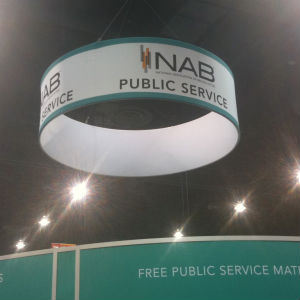
This week, a unique delivery platform pulled out of the US market. Sezmi launched in Spring 2010 in Los Angeles, and it provided pretty standard TV fare in an unusual way. Sezmi subscribers used a special DVR to record normal over-the-air programming, pay-per-view movies (if they were hooked to the internet), and some cable networks. The difference was that Sezmi delivered those cable networks through an encrypted OTA signal that the special DVR unscrambled.
Taking a piece of OTA TV spectrum and using it for a pay-TV service is like putting a fence around some park land and charging visitors to get in. The presumption is that it’s a really bad thing for consumers. Sezmi wasn’t providing content that Los Angeles viewers couldn’t get from their cable or satellite TV providers; Sezmi was just doing it cheaper. And it’s easy to do cheaper when you piggyback on a public resource. That’s why I never liked Sezmi.
To be fair, Sezmi dropped the cable channel package less than a year later. It shifted its business model to be more of a standard OTA DVR plus internet-delivered movies. Which is what a Windows computer with Media Center will do for you for free, or what TiVo will do for you (beautifully) for a higher price. Whatever niche was left wasn’t enough, so Sezmi pulled the plug, shifting its focus to reselling its technologies to other providers.
Sure, Sezmi had stopped using OTA spectrum for pay-TV channels, but if I had given it any thought, I would have worried that Sezmi might start using it again if its national rollout of OTA DVRs had ever reached critical mass. So please forgive me for the shadenfreude, but I’m glad to see Sezmi leave town.




